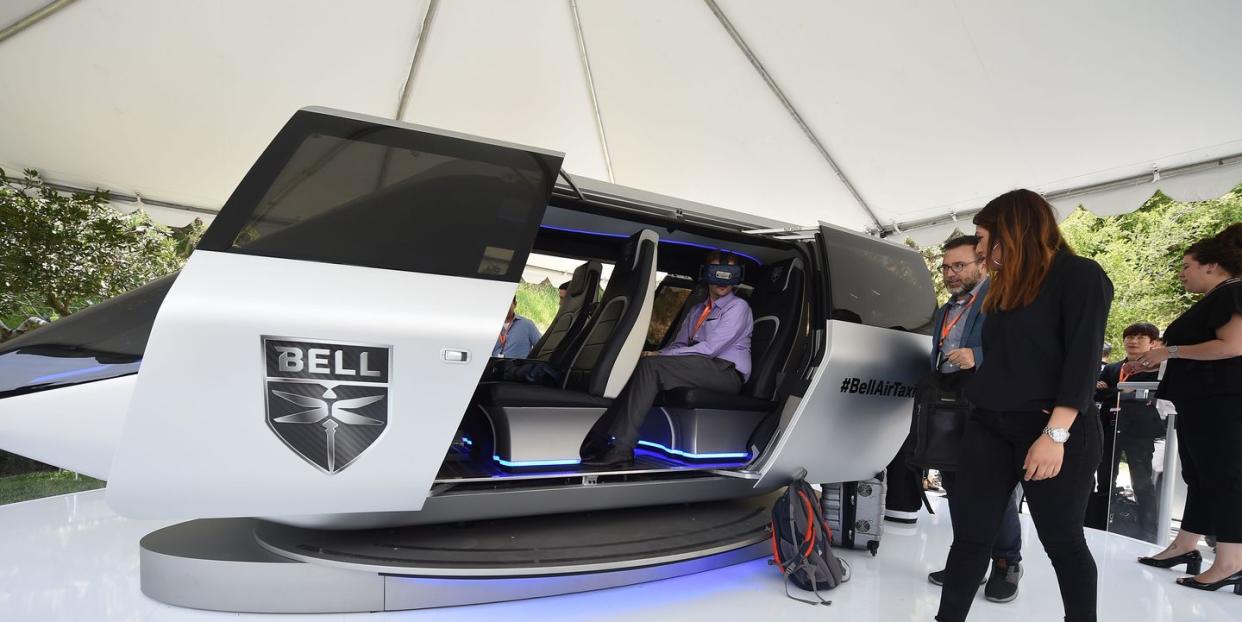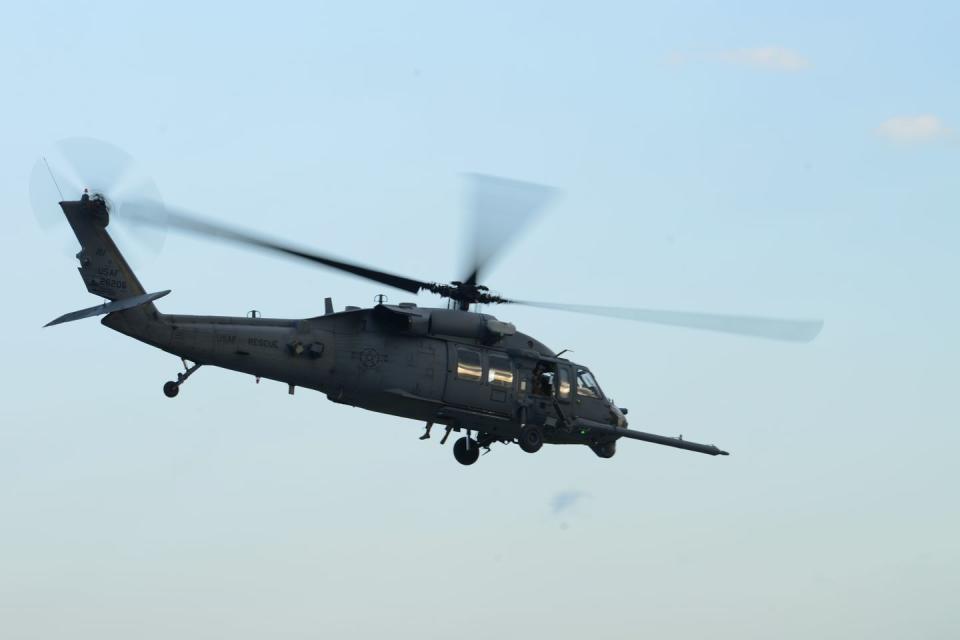The Air Force Wants to Use Air Taxis to Rescue Troops

The U.S. Air Force wants a drone that can fly out the back of an air transport, land, pick up a soldier, airman, or Marine trapped behind enemy lines, and whisk them to safety. The Personnel Recovery/Transport Vehicle would leverage technology being developed to support the emerging air taxi industry to develop a new, autonomous, search and rescue vehicle.
The concept would work like this: a U.S. military pilot is shot down and lands in enemy territory. A C-130J Hercules transport is quickly loaded with a Personnel Recovery/Transport Vehicle, and the Hercules flies to the vicinity of the pilot’s location. The PR/TV is rolled out the back of the aircraft ramp, and with the help of parachutes the autonomous vehicle slows its descent and then begins operating under its own power. The PR/TV flies to the pilot’s location, the pilot gets inside, and the PR/TV flies back toward friendly lines.
The Personnel Recovery/Transport Vehicle is the brainchild of the Air Force Research Laboratory’s (AFRL) Aerospace Systems Directorate. According to Aviation Week & Space Technology, the AFRL’s solicitation calls for “low-cost aerial platform” with only a few design rules: No onboard traditional pilot, a combat radius of at least 100 nm, a speed in horizontal flight of more than 100 kt., space to carry one medical litter and up to four military personnel, and the ability to operate in density altitude conditions of 95F at 4,000 ft.”

Aside from the part about being dropped out the back of a military transport, this sounds a lot like the urban air taxis being developed by many civilian companies for the commercial sector-the Boeing PAV is one example, as the Volocopter’s electric vertical takeoff and landing aircraft (EVTOL). The rapid development of small, short range, electrically powered vertical takeoff and landing craft means that someone is already doing the technical research and development work for the Air Force-they just don’t know it yet.
The deployment concept, dropping a drone out of the back of an aircraft and then having it fly under its own power, is sound. Another company, Logistics Gliders Inc, has developed a drone that can be dropped from the back of a C-130 or V-22 Osprey tiltrotor packed with supplies for troops on the ground. The glider immediately pops a set of swept-back wings and glides to the target with GPS precision. Put all the concepts together and you have a drone that could carry two medics (on what could be a harrowing ride) down to pick up a wounded aircrew and then sprint back across to friendly lines.
Traditionally combat search and rescue is a mission assigned to dedicated forces, including specially modified Pave Hawk helicopters and C-130 transports. As AW&ST notes, the PR/TV concept is partially in response to the U.S. Military’s new distributed basing model, in which air power assets would be spread out across a network of smaller air bases to make them more difficult to attack. Such small bases may not have dedicated combat search and rescue assets, but they might well have a transport like the C-130 available.
Read more at Aviation Week & Space Technology
('You Might Also Like',)

